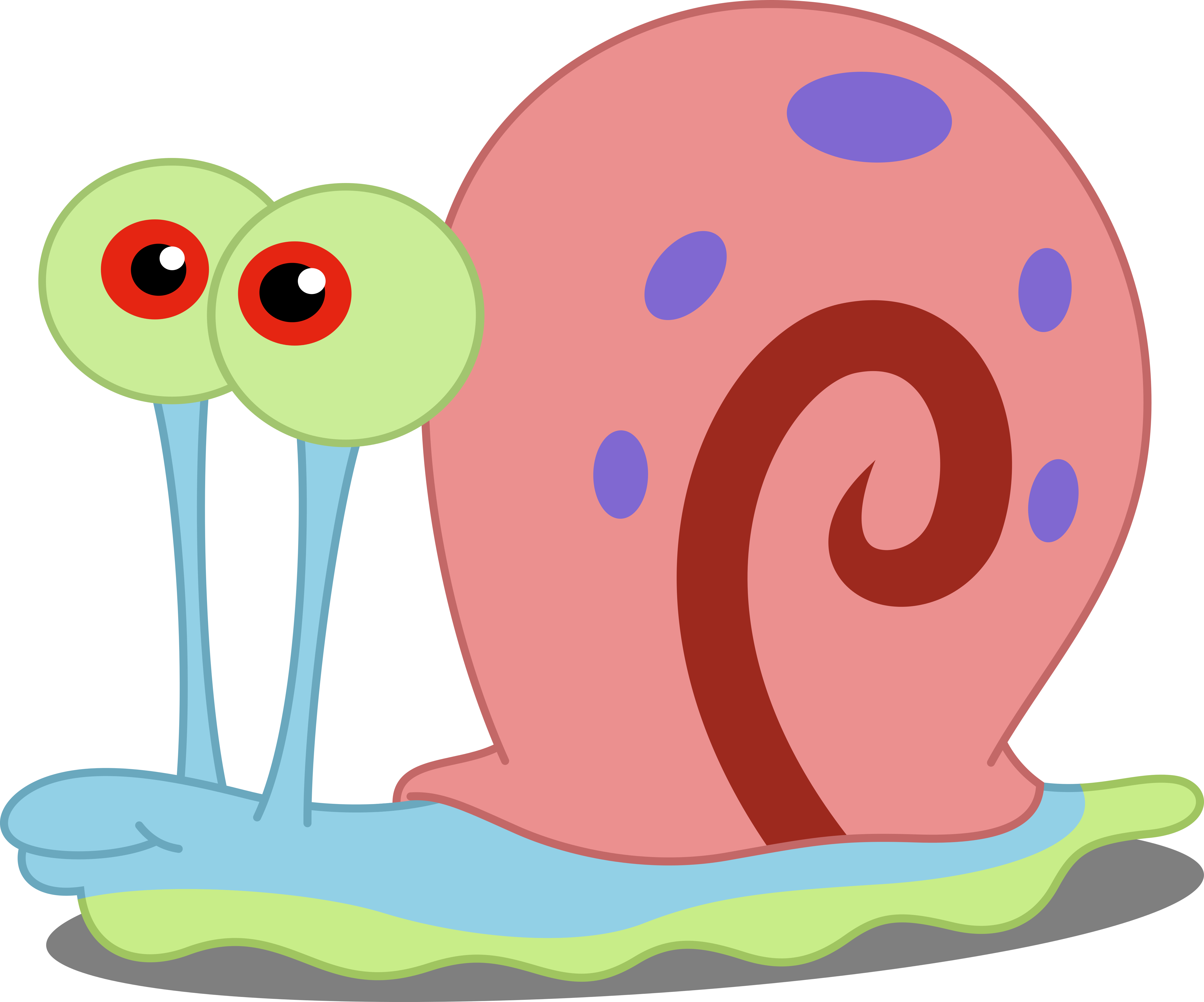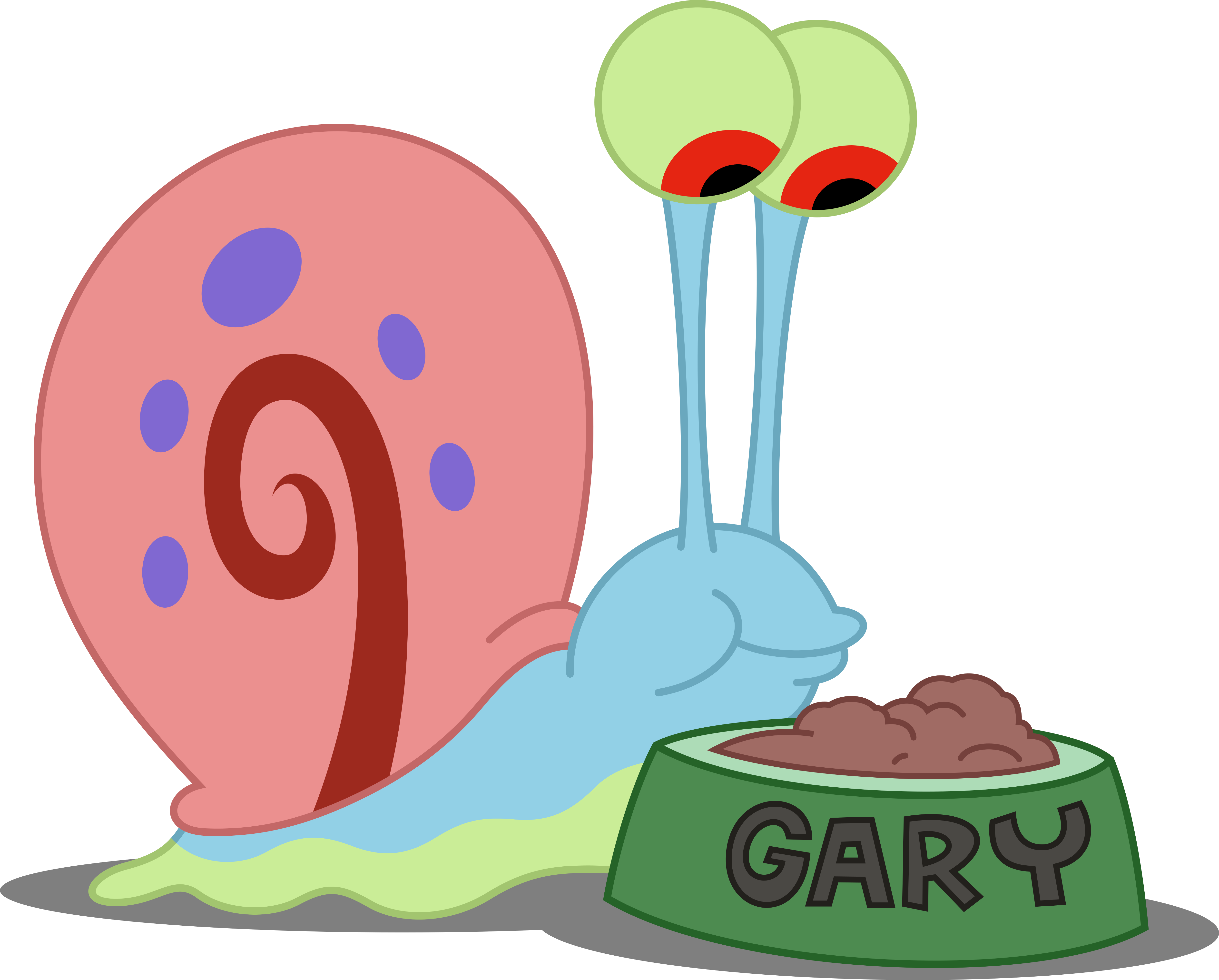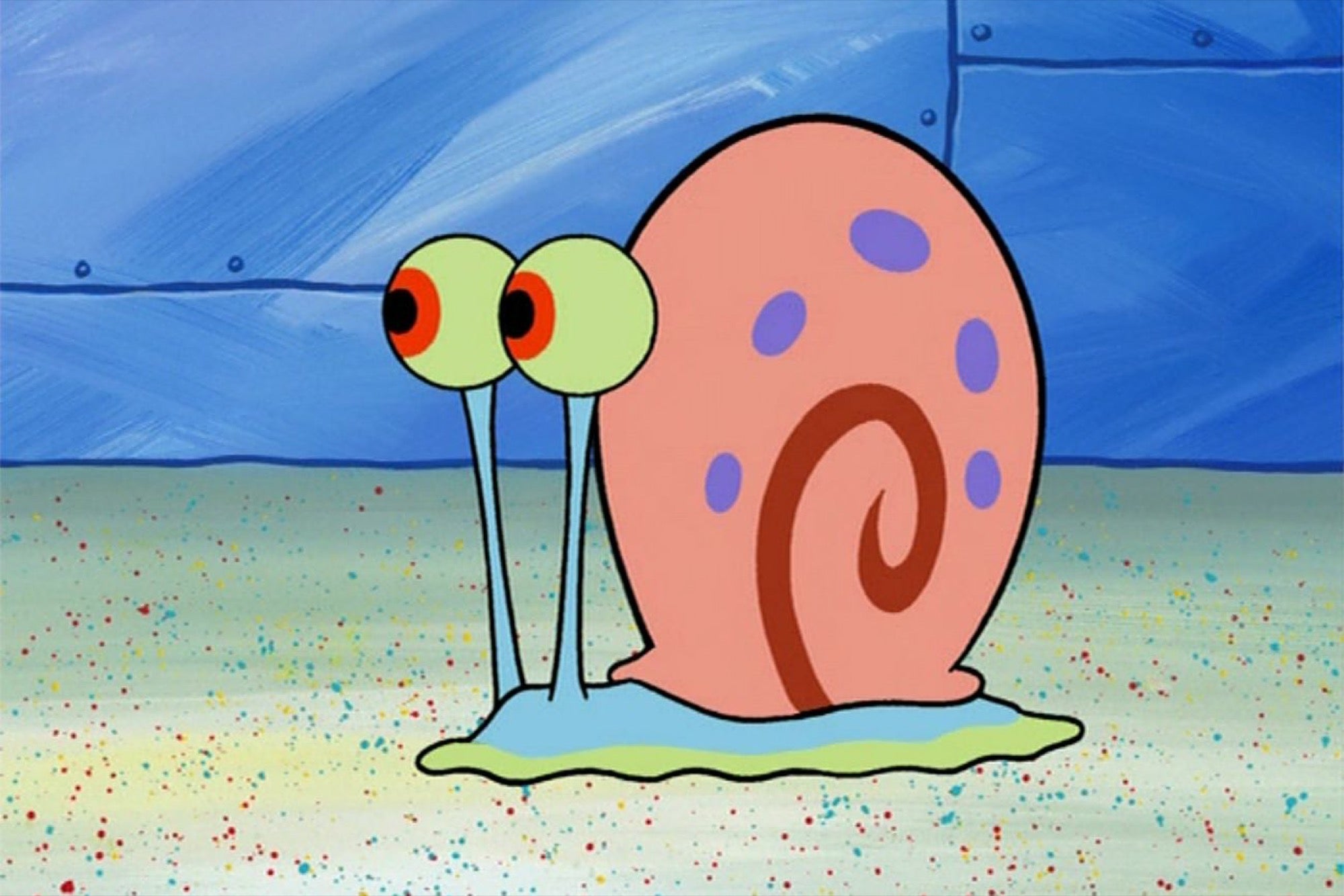Gary Oldman As Dracula: A Deep Look At The Iconic Performance
When we think about truly memorable screen villains, especially those with a touch of the supernatural, Gary Oldman’s portrayal of Dracula very often springs to mind. His performance in Francis Ford Coppola's 1992 film, Bram Stoker's Dracula, truly redefined what a cinematic vampire could be, bringing a surprising amount of pathos and a kind of tragic grandeur to the ancient bloodsucker. It’s a role that, you know, still captivates audiences, even decades later, proving just how much an actor can bring to a character that's been depicted countless times before.
This particular take on the legendary Count Dracula moved beyond just the monstrous, offering a creature burdened by centuries of loss and a desperate longing for love. Oldman, with his extraordinary ability to slip into vastly different skins, gave us a Dracula who was both terrifying and, in a way, oddly sympathetic. It was, arguably, a bold choice for the film, one that paid off in creating a lasting impression that, frankly, few other interpretations have managed.
So, whether you're a long-time admirer of his work or just curious about what made this specific performance so special, we're going to take a closer look. We'll explore the choices Oldman made, the film's unique style, and why his Dracula remains a touchstone in horror cinema, influencing how we see these classic figures. It’s a fascinating study in character work, honestly.
Table of Contents
- Gary Oldman: A Brief Biography
- Gary Oldman's Dracula: Crafting a Legend
- The Film's Vision and Oldman's Place Within It
- The Enduring Impact of a Masterful Portrayal
- Frequently Asked Questions About Gary Oldman as Dracula
Gary Oldman: A Brief Biography
Gary Oldman, born in London, England, is an actor widely celebrated for his incredible versatility and intense performances. He has a way of disappearing into his characters, often making them completely unrecognizable from one role to the next. This ability to transform, to really inhabit a part, has made him one of the most respected performers of his generation. He's been in so many different kinds of movies, from independent dramas to huge blockbusters, and he always brings something special.
His career, which spans several decades, includes iconic roles like Sid Vicious in Sid and Nancy, Norman Stansfield in Léon: The Professional, Sirius Black in the Harry Potter series, and Commissioner Gordon in Christopher Nolan's The Dark Knight trilogy. He eventually won an Academy Award for his portrayal of Winston Churchill in Darkest Hour, a performance that, frankly, showed his incredible range once again. He truly is a master of his craft, capable of, you know, bringing out the subtle nuances in any character he plays.
Personal Details and Bio Data
| Full Name | Gary Leonard Oldman |
| Date of Birth | March 21, 1958 |
| Place of Birth | New Cross, London, England |
| Nationality | British |
| Occupation | Actor, Filmmaker, Musician |
| Notable Roles | Dracula, Sid Vicious, Sirius Black, Commissioner Gordon, Winston Churchill |
| Awards | Academy Award for Best Actor (Darkest Hour), Golden Globe Award, BAFTA Award, Screen Actors Guild Award |
Gary Oldman's Dracula: Crafting a Legend
When Gary Oldman took on the role of Count Dracula in Francis Ford Coppola's vision, he wasn't just stepping into a character; he was, in a way, confronting a literary and cinematic institution. This was not going to be just another fanged monster. Oldman's approach was to dig deep into the Count's backstory, really looking at the tragic figure of Vlad the Impaler, a warrior prince who, after losing his beloved wife, turned his back on God and embraced immortality, but also a kind of eternal sorrow. This was, you know, a very different take from many previous versions.
The film itself, in a way, aimed to be the definitive adaptation of Bram Stoker's novel, restoring many elements that earlier films had left out. Coppola wanted to capture the novel's gothic romance, its sensuality, and its deep sense of historical weight, which, in some respects, matched the historical "domination" of certain industrial periods, though in a much darker, personal sense. Oldman's performance was absolutely central to achieving this, giving the film its dark heart and, frankly, its soul.
The Actor's Approach to the Count
Oldman's preparation for Dracula was, typically, quite intense. He reportedly spent a good deal of time studying Romanian history and culture, trying to understand the roots of Vlad the Impaler's story. He also worked on his voice, crafting a distinct, almost guttural tone that conveyed both ancient power and profound sadness. This wasn't just about an accent; it was about, you know, finding the sound of centuries of existence.
He didn't just play a monster; he played a man who had become a monster through immense pain. There's a scene early on where Dracula, as Vlad, renounces God, and Oldman's portrayal of that moment is incredibly raw and powerful. It shows the very beginning of his transformation, a kind of personal "restructuring" of his entire being, driven by grief. This human element, this deep-seated sorrow, is what makes his Dracula so compelling, so, you know, much more than just a creature of the night.
He also, rather, paid close attention to Dracula's different forms, from the ancient, wizened elder to the dashing young prince. Each version of the character had its own physicality, its own way of moving and speaking. This kind of detailed physical work is something Oldman is renowned for, and it really allowed him to show the passage of time and the various aspects of the Count's complex nature. It’s, actually, quite remarkable how he managed to embody so many different facets of the same character.
Visual and Physical Transformation
The visual aspects of Oldman's Dracula are, of course, unforgettable. The elaborate costumes, designed by Eiko Ishioka, played a huge part in his transformation. From the striking red armor that resembled flayed muscle to the elegant, almost dandy-like suits of the younger Dracula, each outfit helped define a different stage of the character's existence. Oldman wore these costumes with a presence that, quite frankly, made them feel like a part of him.
Beyond the clothes, his physical performance was just as important. He used his body to convey Dracula's age, his power, and his weariness. The way he moved, sometimes stiff and ancient, other times fluid and predatory, spoke volumes without needing a single word. There's a scene where he crawls up a wall like a spider, which is, you know, truly unsettling and showcases his commitment to the physical demands of the role. It's a kind of physical "attraction" to the character's monstrous side.
The makeup, too, was a key element, particularly for the older, more monstrous forms. Oldman underwent extensive prosthetic work to achieve these looks. This dedication to the complete physical and visual embodiment of the character truly helped sell the idea of a being who had, in a way, experienced centuries of "population loss" in his own soul, leaving him hollowed out but still yearning. It’s a very, very powerful visual representation of a tortured soul.
Critical Reception and Lasting Legacy
Upon its release, Gary Oldman’s performance as Dracula was widely praised by critics, even if the film itself received mixed reviews from some corners. Many singled out his portrayal as the film's standout element, recognizing the depth and originality he brought to the role. He wasn't just playing a stock villain; he was creating a character that felt, in some respects, genuinely new, yet still deeply rooted in the classic lore. It was, arguably, a triumph of character acting.
His Dracula has, without a doubt, left an indelible mark on popular culture. It's often cited as one of the best vampire performances in cinema history, setting a new standard for how the character could be interpreted. The blend of menace, vulnerability, and sheer theatricality that Oldman brought to the role continues to influence actors and filmmakers alike. It’s a performance that, like a major industrial complex, has a kind of enduring "activity" in the cultural landscape.
Even today, discussions about the best Dracula often include Oldman at the top of the list. His work helped to cement the idea that the Count could be a figure of tragedy and romance, not just pure evil. This enduring appeal means that, you know, his Dracula remains a constant topic in "arts & culture" conversations, showing its lasting power. You can learn more about classic horror films on our site, and it’s a good way to see how Oldman’s work fits into the larger picture.
The Film's Vision and Oldman's Place Within It
Francis Ford Coppola's Bram Stoker's Dracula was a very ambitious project, aiming to be a faithful yet visually extravagant adaptation of the original novel. Coppola wanted to use practical effects and old-school filmmaking techniques to create a timeless, dreamlike quality, rather than relying heavily on modern computer graphics. This choice, in a way, gave the film a unique texture and atmosphere that, frankly, still holds up today. It was a bold "remake itself" kind of effort for a classic story.
Oldman’s performance was, perhaps, the perfect fit for this vision. His theatricality and willingness to embrace the fantastical elements of the story aligned perfectly with Coppola’s artistic direction. He didn't shy away from the melodrama or the gothic romance, but instead, he leaned into it, giving the film its necessary gravitas. The director and actor, you know, seemed to be on the same wavelength, creating something truly special together.
The film's exploration of themes like eternal love, damnation, and redemption found a powerful voice in Oldman's portrayal. He embodied the very essence of Dracula's curse, making his longing for Mina Murray feel genuinely heartbreaking. This deeper emotional core is what elevated the film beyond a simple horror story and, in some respects, turned it into a grand, tragic epic. It’s a testament to how well Oldman captured the character's inner turmoil, a kind of internal "competition" between love and darkness.
The Enduring Impact of a Masterful Portrayal
The impact of Gary Oldman’s Dracula stretches far beyond the 1992 film. His performance fundamentally shifted how many people view the character, adding layers of complexity and human frailty to what was often just a one-dimensional monster. He showed that Dracula could be, you know, a figure of profound sorrow and longing, not just pure evil. This take has, arguably, influenced subsequent vampire portrayals in film and television, encouraging a more nuanced approach.
Fans still revisit the film specifically to witness Oldman's performance, dissecting his choices and marveling at his commitment. It's a masterclass in acting, showcasing his incredible range and his ability to fully inhabit a character, even one as legendary and, in some respects, as historically "dominated" by previous interpretations as Dracula. This enduring "attraction" to his work is, frankly, quite something to see.
His portrayal serves as a reminder that even the most well-known characters can be reinvented and given new life through a dedicated and imaginative performance. It proves that a great actor can, in a way, truly make a role their own, leaving a lasting legacy that continues to resonate with audiences across generations. To stay updated with the latest discussions and analyses of classic film performances, you can always check out The Criterion Collection's website, which often features deep dives into such iconic roles. It's a great resource, honestly.
Frequently Asked Questions About Gary Oldman as Dracula
Was Gary Oldman good as Dracula?
Gary Oldman's performance as Dracula is widely considered to be one of the most iconic and powerful portrayals of the character in cinema history. Many critics and audiences alike praise his ability to bring both menace and profound tragedy to the role, making his Dracula a complex and memorable figure. It was, you know, a truly captivating performance that stood out.
How old was Gary Oldman when he played Dracula?
Gary Oldman was born on March 21, 1958. Bram Stoker's Dracula was released in 1992, which means he was approximately 34 years old when the film came out. He was, in a way, still relatively young but already had a significant body of intense, transformative work behind him.
Did Gary Oldman use a real accent for Dracula?
Gary Oldman developed a unique, deep, and somewhat guttural accent for his portrayal of Dracula, drawing inspiration from Romanian and Eastern European vocalizations, but it wasn't a strict, specific real-world accent. It was, rather, a crafted voice designed to convey the character's ancient origins and his powerful, otherworldly nature. It's a voice that, you know, really sticks with you.
For more insights into the artistry behind film performances and cinematic history, you might like your other articles on acting.

Vector #674 - Gary #2 by DashieSparkle on DeviantArt

Vector #672 - Gary by DashieSparkle on DeviantArt

Elon Musk Introduces His Pet Snail 'Gary' at an L.A. Event to Tout His